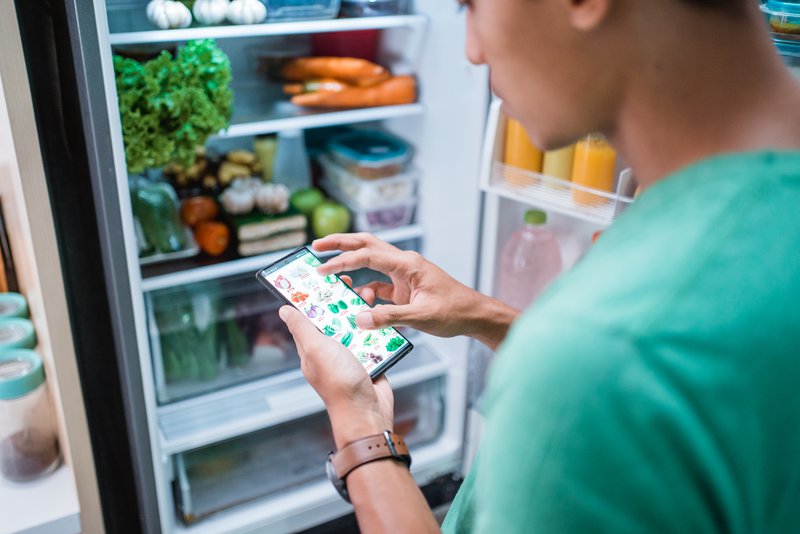Mobile shopping is the next stage in the evolution of eCommerce. The use of smartphones and tablets is ubiquitous, so it makes good business sense to meet customers where they are with a seamless experience. However, to make the most of this channel, you should target the consumers most likely to purchase. This is where customer segmentation and the 80/20 rule come in.
The 80/20 rule is based on the Pareto Principle, which states that 80% of results come from a mere 20% of the causes. Or, 80% of your sales come from 20% of your customers. Named for progressive sociologist and economist Vilfredo Pareto, this principle holds across all industries and proves customer retention is more important than acquisition.
More importantly, by applying the 80/20 rule to customer segmentation, marketers can develop customized messaging that can directly engage particular segments. Companies can also offer specific products and services they know will appeal to the target market. So, by targeting the 20% of your customers most likely to purchase via mobile, you’ll see sales skyrocket.
Understanding the 80/20 Rule: How It Applies to Mobile Shopping
It’s hard to overstate the convenience of browsing, ordering, and paying for goods straight from your smartphone. And like any other sector, mobile shopping generates 80% of its revenue from 20% of its customers.

To maximize the 80/20 rule, mobile commerce companies must provide the best customer experience for their largest customer segments. This includes ensuring websites are mobile responsive and that mobile apps run seamlessly on most (if not all) mobile devices.
Of course, the 80/20 rule goes beyond customers. Similarly, 80% of sales are driven by 20% of products and 20% of marketing channels.
Highlight your most popular items in social media ads and your mobile storefront. Identify your target audience's most-used social media channels and establish a strong and consistent presence there.
Applying the Pareto Principle to all aspects of your mobile marketing efforts will ensure steadily increasing revenue in this channel.
Identifying Your Top 20% Of Mobile Customers With Data Analytics
You must first identify your top 20% of mobile commerce customers to create the most engaging programs and campaigns. Data analytics through customer data platforms (CPDs) can help with customer segmentation.

Using CPDs, you can extract the needed information to identify which customers score highest in metrics such as Average Order Value (AOV) and Customer Lifetime Value (CLV). Factors such as purchase frequency, average lifetime purchases, and churn rate can also help establish buying patterns.
Finally, use social media analytics to see which customers often interact with your posts on social media. You can also collect demographic and psychographic data through brief post-purchase surveys.
Tailoring Marketing Campaigns To High-Value Mobile Customers
Of course, customer segmentation is just the beginning. You should also dig deeper to find out what makes thincreaseese customers your top buyers. What pushes them to make multiple high-volume purchases?
Once you establish patterns, you can boost this success by creating sales and marketing campaigns that cater to this customer segment and encourage even more purchase activities. For instance, you could create an email marketing campaign with personalized product recommendations based on past purchases.
Or you might establish loyalty rewards programs for customers meeting specific criteria, such as total spend or lifetime purchases. Rewards could include exclusive items, additional discounts, free delivery, priority reservations, redeemable points, and other perks.

The Importance of Optimizing the Mobile Shopping Experience for Top Customers
To keep your top customers returning, you must ensure a great customer experience every time they shop on your mobile platform. A seamless and personalized mobile shopping experience can lead to increased loyalty, more frequent purchases, and higher order amounts.
Providing a better experience is often a matter of improving the storefront performance. Slow-loading websites, unresponsive controls or buttons, and outdated information can lead customers to abandon their shopping carts. But improving your mobile site means fewer technical distractions for buyers, which keeps them focused on shopping.
Automating tasks such as catalog sorting, order management, and payment processing can also enhance the customer experience. In addition, allowing high-value customers to give feedback can boost loyalty, brand awareness, your online reputation, and—most importantly—sales.
Measuring Success: Tracking Revenue Growth From 80/20 Customer Segmentation
As with all strategies, it’s crucial to analyze the impact of your 80/20 customer segmentation. Measuring success starts before you ever send your first message—you must first set clear metrics to track.
Revenue growth is the most obvious, and you can monitor it by looking at consumer behavior, purchase history, order value, and the frequency of purchases.

You’ll also want to know whether that key 20% of customers are growing or shrinking in market share. Metrics such as customer satisfaction, segment size, and segment growth rate can help you determine the health of this strategy.
Additionally, identifying the sales or marketing campaigns launched during the growth periods can also determine which campaigns are more successful and responsive. Likewise, you’ll want to rework your campaigns if sales are down.
Boost Your Mobile Shopping Experience With Customer Segmentation
By applying the 80/20 rule to customer segmentation, you can ensure your messages get to the consumers most likely to respond via mobile.
Even better, you can personalize outreach based on purchase history to inspire more shopping. And remember, when focusing on your top 20% of customers, products, and channels together, you’ll hit the marketing sweet spot and drive sales like never before.
Browsing and buying from your mobile storefront should be a seamless and streamlined experience. Learn how we can help with a demo today.




